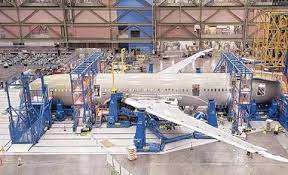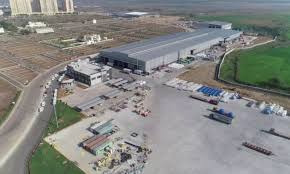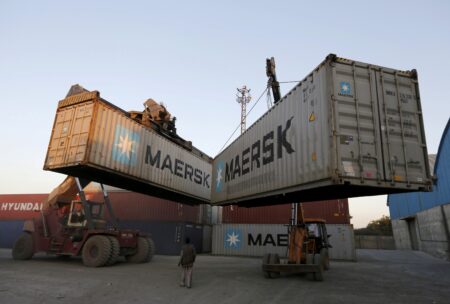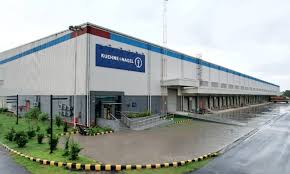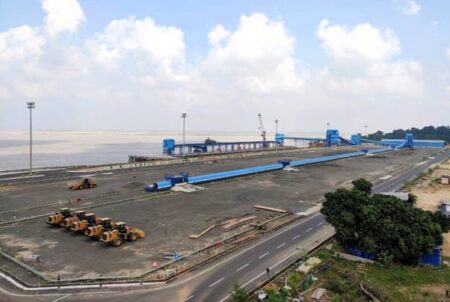Embark on the narrative of Sachin JKS haritasH’s Director, Chetak Logistics, and Founder, Mavyn, narrative as he unfolds the dynamic evolution in automobile logistics. From the government’s push towards dedicated auto trains to the challenges of skilled drivers, Sachin shares insights.
Post-COVID, automobile logistics saw a major shift towards railway transportation, prompted by government liberalization. Repurposing passenger trains into dedicated auto NMG trains provided OEMs with benefits like reduced emissions, faster deliveries, and lower freight costs.

Technological strides, notably GPS devices and in-house software, redefine logistics operations
This marked a paradigm shift towards an efficient, eco-friendly railway system in automobile logistics.
Driver dilemmas
Logistics companies face a daunting challenge—a scarcity of skilled drivers for handling automobile shipments. The specialised driving skills needed for handling trucks, coupled with the added responsibility of loading and unloading, prove particularly challenging for newcomers. Historically, drivers relied on helpers for years to acquire essential skills. Urbanisation, however, diverted many towards driving air-conditioned cars, leading to a shortage of logistics drivers, especially for long-haul journeys.
The declining interest in mastering large trailers exacerbates the profession’s shortage. Proficiency in loading and unloading cars is crucial, requiring specialised skills to prevent mishaps. The transport of high-end products, like cars, heightens the demand for damage-free delivery, where even minor scratches can deprive drivers of incentives—a significant financial deterrent in the intricate realm of automobile logistics.
Punctual precision
Achieving efficient automobile deliveries involves strategic time allocation for drivers, surpassing Original Equipment Manufacturers (OEM) expectations. Generous incentives, ranging from Rs 3000 to Rs 4000 per trip, motivate drivers towards timely, damage-free deliveries.
Technological strides, notably GPS devices and in-house software, redefine logistics operations. GPS ensures precise deliveries by tracking consignments in real-time and informing customers of their progression. The proprietary software facilitates IT-based routing, guiding drivers on optimal routes, predicting potential delays, and enabling proactive measures.
Timely deliveries emerge as a pivotal outcome, while the software’s data analysis identifies routes prone to delays. This information empowers tracking teams to proactively address issues, minimise errors, and ensure punctual, damage-free deliveries—a testament to the transformative impact of technology in the dynamic landscape of automobile logistics.
Logistics futurology
The future of automobile logistics envisions a harmonious blend of railway and road logistics. Anticipating the trend of Just in Time (JIT) and direct deliveries, the focus is on reducing lead time and curtailing inventory carrying costs, particularly beneficial for Original Equipment Manufacturers (OEMs) in the realm of inbound logistics. This strategic evolution reflects a forward-looking approach, optimising efficiency and resource utilisation in the dynamic landscape of auto logistics.


